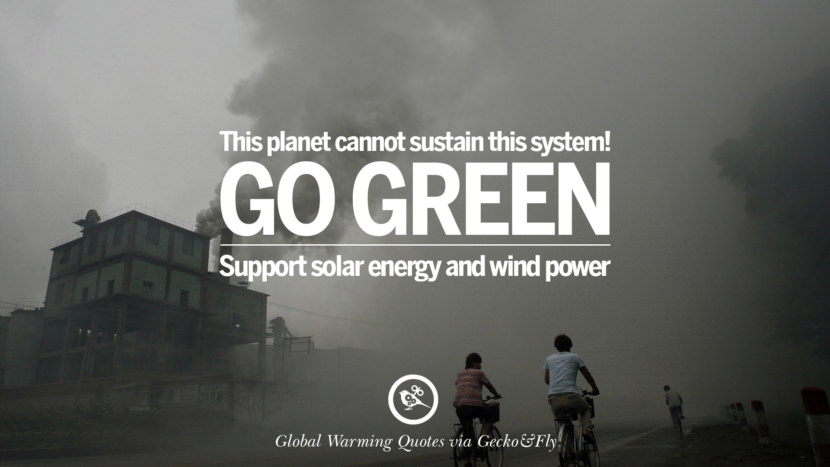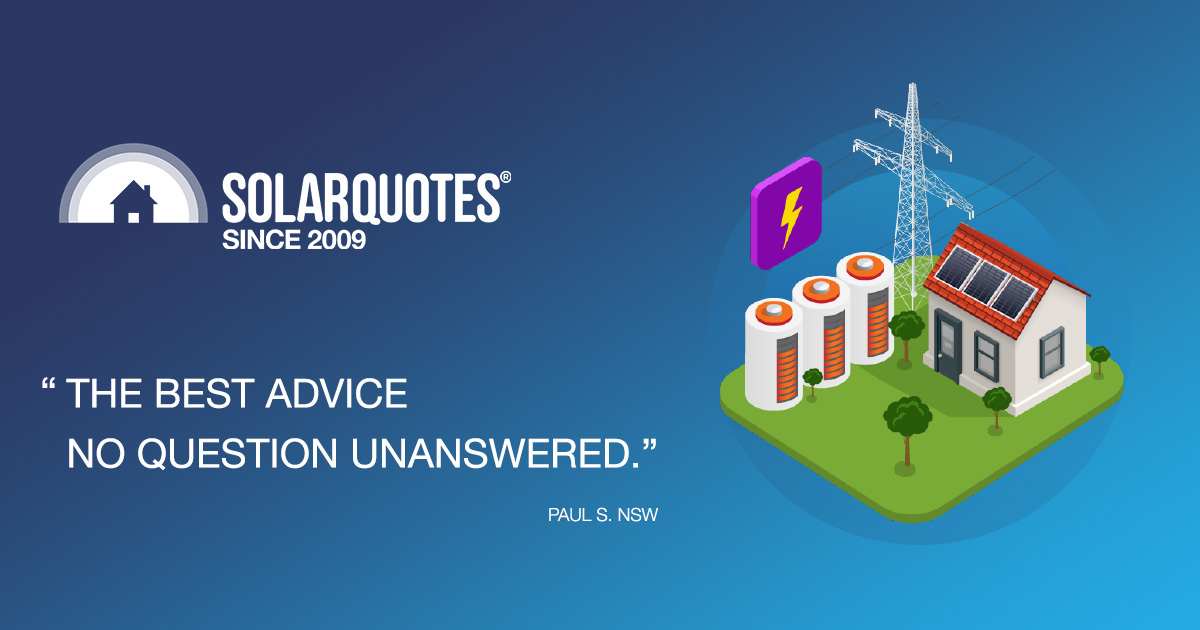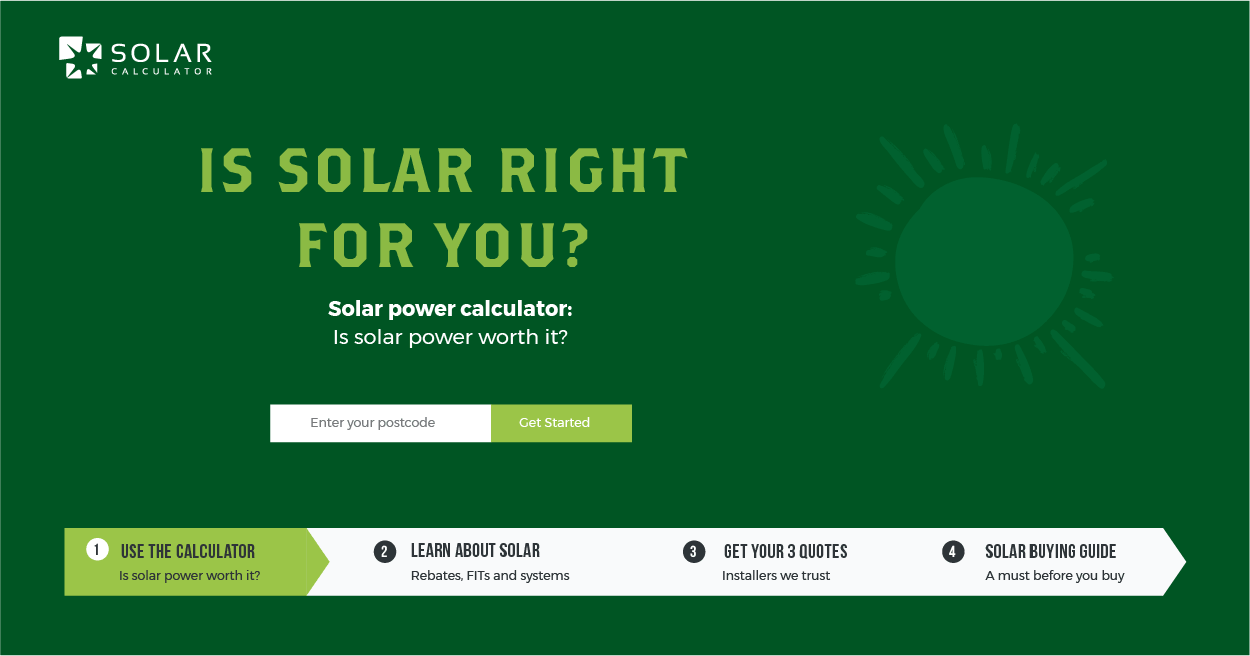3 Quotes Solar
If you have not used my Get-3-Quotes service, but have a general question about solar in Australia then we will do our best to help you. But please, please use the site search function and the knowledge base search box above to search for an answer first. We have spent years creating the content on this site and most of your questions will already have been answered. I started my research on solar kits with SolarQuotes which was the best start. 3 Quotes were promptly received and ended up going with one of them. Finn knows what he is talking and shares the best unbaised knowledge first hand! 100% factual information explained in lay man terms for any one to understand everything about solar without any.
One of the most common questions people have before investing in solar is how many panels they need.
The simplest way to find this out is to ask an expert installer. They will likely conduct a consultation and provide you with a quote based on your energy needs.
As a rough guide, a house with one or two people will likely need a 1.5kW system. A household with up to three people and a few fancy appliances may need 3kW. While a big family will probably need a 5kW system.
But this all depends on the type and number of appliances you use, the expected output of the panels, where the panels are located, and how they are oriented on the roof. With so many variables, it really is worth consulting an expert solar installer to determine how many panels you need.
Alternatively, if you’re mathematically inclined, you can attempt the estimate yourself. To do this, you need to figure out your average daily use of power.
You can probably find this on your most recent bill. If it only shows your yearly use, simply divide this number by 365 to get a daily average. For example, let’s assume your yearly use is 5,000 kilowatt hours (kWh). Divide this by 365 to get a 13.7 kWh daily average.
Whatever way you use to determine your needs, it’s best to build in a buffer. Solar panels don’t work at 100 percent efficiency. There will be times when their output is reduced. So add a little extra – say another 25 percent. To do this, multiply the daily average by 1.25. Using the example above, this comes to 17.1 kWh.
You also need to take into account the amount of sunshine your home receives. While Australia is mostly sunny – and receives more solar energy than any other continent – some parts are shadier than others. Ask your installer or local solar authority about the amount of sunlight you can expect to receive on your roof.
You then need to divide your daily average by the number of daylight hours. This figure will tell you how many kilowatts are needed each hour by your panels to absorb solar energy. Let’s assume your suburb receives 6 hours of daylight. Divide 17.1 by 6 to get 2.85 kW needed every hour. Times that by 1,000 to convert the sum into 2,854 watts.

These system sizes allowed you to run your home on solar as much as possible while minimising the wasted electricity sent back to the grid.
We asked Stephen Jenkins, a homeowner on Central Coast and proud solar owner since May 2017 to share his energy bills with us before and after installing a 5kW solar system. Some data on the bills below have been blurred due to privacy reasons.
| Bill from 2017 | Bill from 2018 |
|---|
Unfortunately, you can only save
on power you use during the day
This is frustrating for many people, especially if you have a full-time job. You end up getting free energy during the day, but you aren’t able to use it.
Thankfully, these limitations have now been overcome by modern solar battery storage technology. Homeowners can now save money no matter when they use their appliances
Let me explain...
Cut your electricity bills with
modern solar battery systems
Although solar battery systems have been around for years, they were cumbersome, expensive and a poor investment. Unless you lived in the remote outback without a grid connection, they didn't’ make sense.
But new technology breakthroughs have changed all that…
The newest batteries can economically store the electricity generated by solar panels during the day… so that you can still benefit from free energy even if you are only at home after dark.
Here’s how they work...
- Solar panels convert sunlight to DC (Direct Current) electricity
- Any surplus DC electricity charges the solar battery.
- When the sun sets and the panels stop working, the battery powers your home.
At night, you can run your dishwasher, watch TV, or charge your phone without paying for power.
It’s no wonder thousands of Australian homeowners
are itching to install these battery systems as soon as they can.
The current leader in the solar storage market is the Tesla Powerwall 2.
The Tesla Powerwall 2 has twice the storage capacity of the original Powerwall - 13.2kWh. This is enough to power most homes after dark, so you can cut your bill significantly.
Not only that, the Tesla Powerwall 2 is beautifully designed. It is streamlined, sleek and stylish. Plus, it is rated for indoor or outdoor use in the harsh Australian climate.
It is also very safe. There are no live wires or unsightly vents - and the lithium ion battery requires minimum maintenance.
You can even monitor your electricity usage from your iPhone or Android device!
Plus, if you need additional capacity, you can connect nine Tesla Powerwall 2 units together. This is great if you want to power your home during blackouts or on overcast days.
How much can you save with a Tesla Powerwall 2?

It varies.
The amount of money you can save will depend on your actual individual circumstances.
However, case studies suggest you could reduce your mains grid electricity consumption by as much as 80% with a solar + battery system. This is based on standard system installation in a state capital.
The upfront costs are variable too, but it is possible to get the system installed for as little as $35 a week on an interest free loan.
These savings are based on existing government incentives, which may disappear at any time, so if you are thinking about solar storage, don’t delay.
Last updated 7/15/2020
If you’re thinking about buying a big-ticket item, you’ll probably want to shop around before making your purchase. Consider an airline ticket for example. It’s not as simple as finding the cheapest flight – there are many factors that make a particular ticket the right option for you. You’ll also want to know: What time does the flight depart? Is it a direct flight, or will there be a layover? What’s the airline’s safety record? Or what’s their record of on-time arrivals?
By using a comparison-shopping approach, you can ensure that you have all of the relevant information in front of you before making a purchase. The same is true when shopping for solar power systems for your home or business. At EnergySage, we encourage every solar shopper to receive and compare multiple solar installation options on our website first, rather than solely talking to a single solar installer.
EnergySage recommends that you engage with 3 to 4 solar installers and financing providers in your area in order to understand the trade-offs between each option, and ensure that you maximize your return on solar investment. Take the time to review all of your solar energy quotes and ask questions about the key differences between the proposals.
How comparing solar energy quotes saves consumers money
When you receive multiple solar energy quotes from installers, you can compare equipment choices, financing options, and solar company reviews to find the installation quote that best suits your needs. By comparing multiple quotes for solar energy systems from installers in the EnergySage Solar Marketplace, you can save 10 to 25 percent on the cost of going solar as compared to your state averages. Installers on the EnergySage platform know that their information is being standardized and reviewed side-by-side alongside quotes from other solar companies, and this encourages them to provide a fair price and the best terms possible for your solar energy system.
Solar shopping: Find the best solar quote
Installing a solar energy system is a major purchase with many different components, all of which can impact your financial returns. However, comparing solar energy quotes doesn’t have to be complicated. You can use the EnergySage Solar Marketplace to make easy side-by-side comparisons between quotes from multiple installers and providers. Below are the key points for comparison as you review your solar energy quotes.
Solar panel brands and models
There are more than 100 different solar panel brands and many models within each brand. Each panel has specifications related to size, design, efficiency, durability, and warranty, among others. All of these specifications impact solar panel quality. Solar installers will provide you with solar panel quotes that feature different models; by comparing your options, you will be able to find the best solar panel value for your home.
Inverter types and brands
Solar panels capture solar energy as direct current (DC), but almost all households run on alternating current (AC). Inverters convert DC electricity to AC electricity, and are included as part of every solar energy system. There are three types of inverters, and multiple inverter manufacturers; the inverter that you choose depends on the specifics of your property. Solar installers tend to have preferences for a particular type or brand of inverter. By comparing solar energy quotes, you can investigate these options yourself and identify the key differences in the technology that installers recommend.
Solar financing options

Most property owners can’t or don’t want to pay for their solar energy systems in cash, which is where solar financing comes in.

Financing options include:
- The solar loan, which you can use to finance your purchase of a solar energy system.
- The solar lease, in which you pay a fixed monthly payment to “rent” your system from a third-party owner.
- The solar power purchase agreement (PPA), where you agree to pay a low per-kilowatt hour rate for electricity produced by a third-party owned system installed on your property.
3 Solar Quotes Australia
Understanding the relative returns of each financing option is essential to finding the solar energy quote that meets your financial needs.
System design
How your solar panels are configured on your roof can impact the amount of solar power you generate, as well as how your system will look from the ground. Each installer will design your system differently, taking into account the variations of your roof. Compare each design and ask your installers about their reasons for any differences. Make sure you are comfortable with both the amount of power your system will generate and how it will look on your property.

3 Quotes Solar Project
Solar company reviews
While comparing the relative benefits of your solar energy system’s physical components is important, every solar shopper should also consider solar company reviews when deciding which quote to choose. Having a trusted, professional relationship with your installer is important to ensuring that you install the best solar power system for your home. Compare solar installers on EnergySage to find one with significant industry experience, good references, and robust warrantees.
3 Quotes Solar Energy
EnergySage is the nation's online solar marketplace: when you sign up for a free account, we connect you with solar companies in your area, who compete for your business with custom solar quotes tailored to fit your needs. Over 10 million people come to EnergySage each year to learn about, shop for and invest in solar. Sign up today to see how much solar can save you.